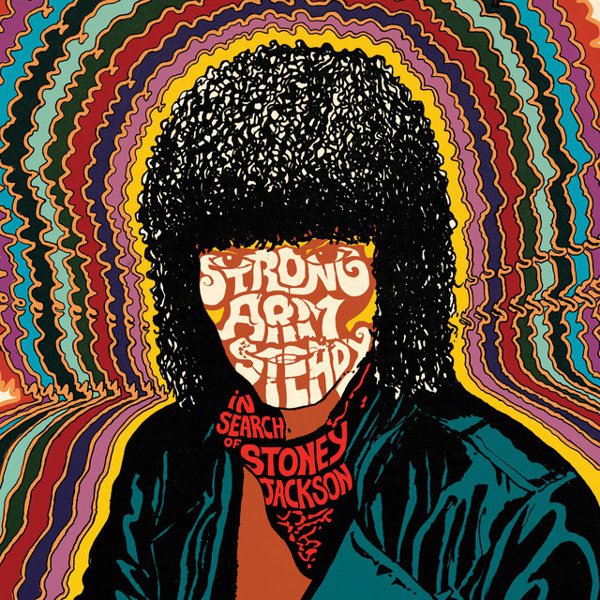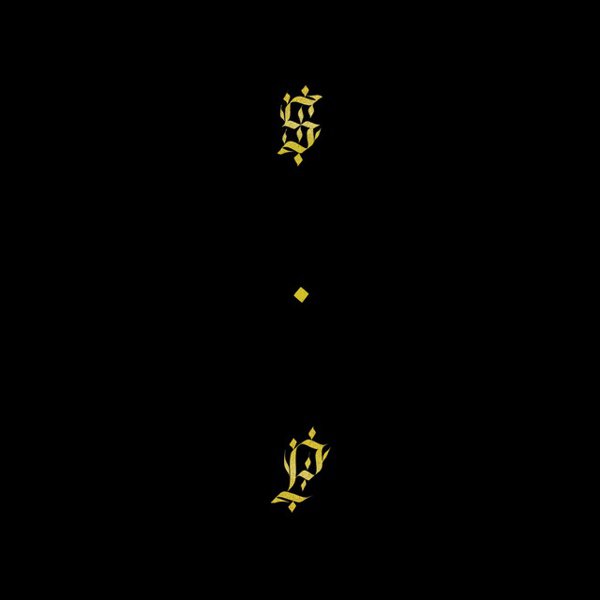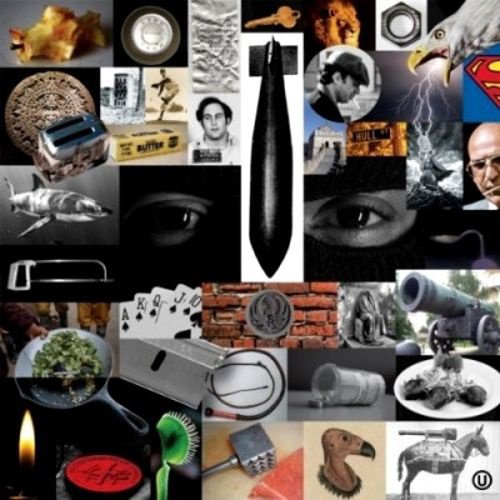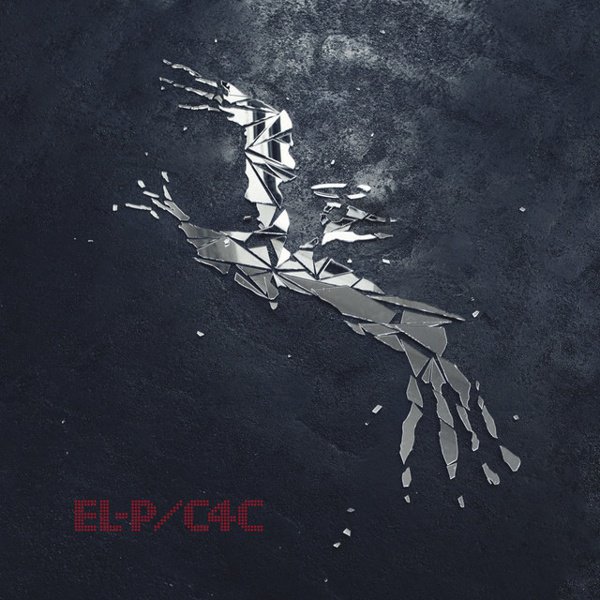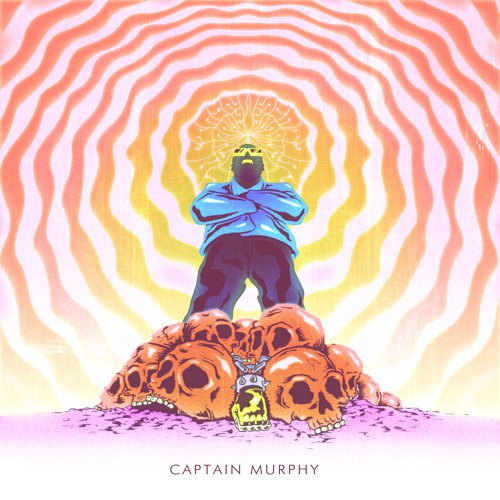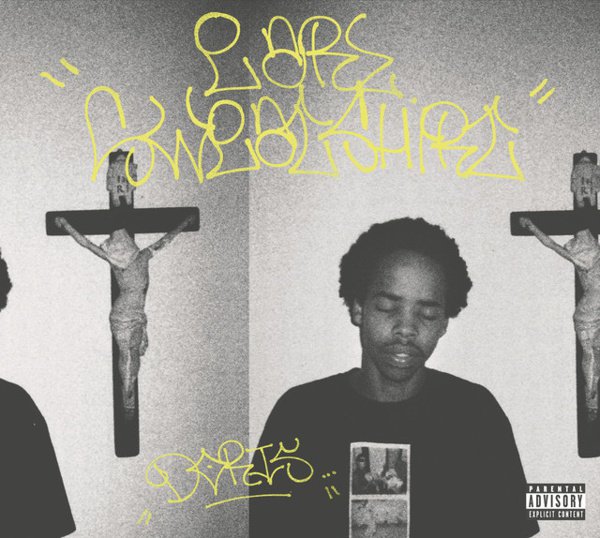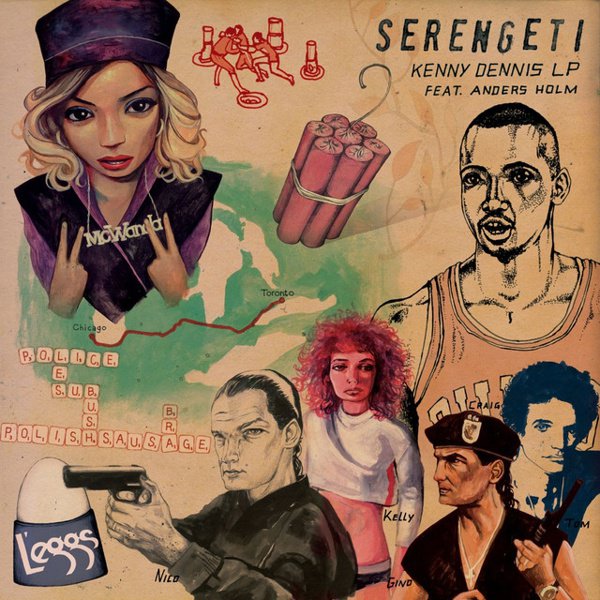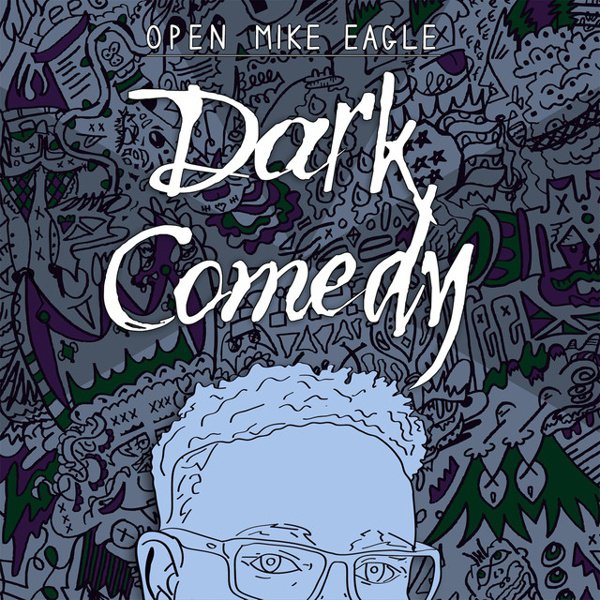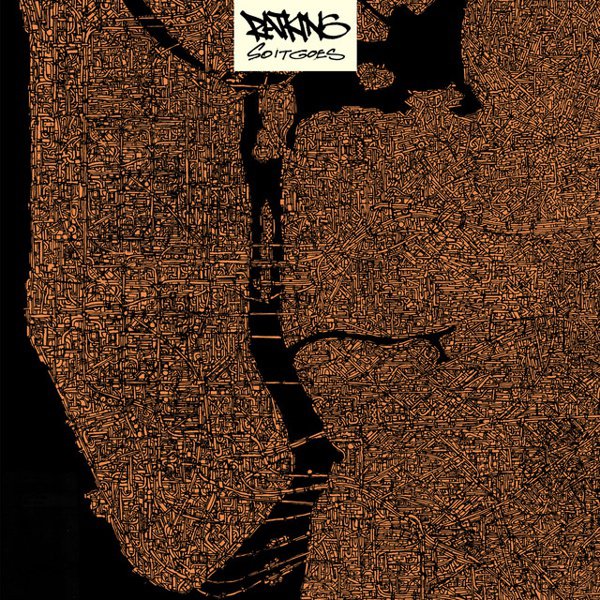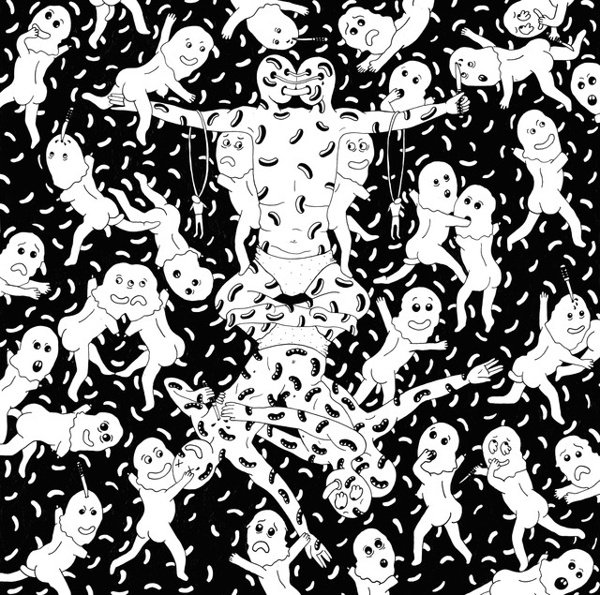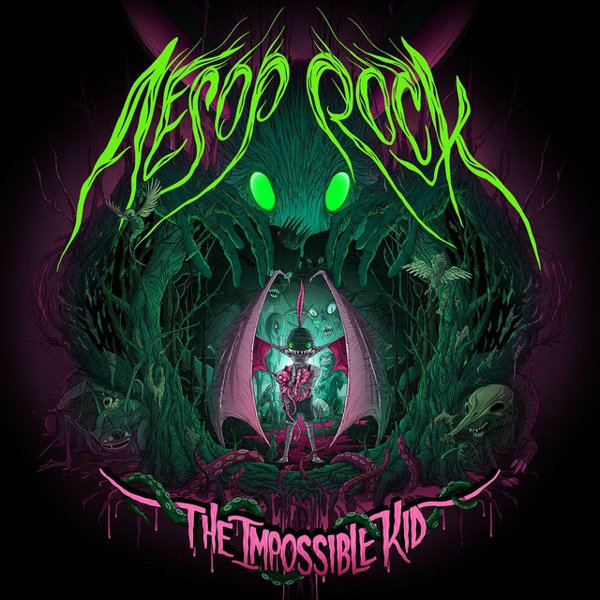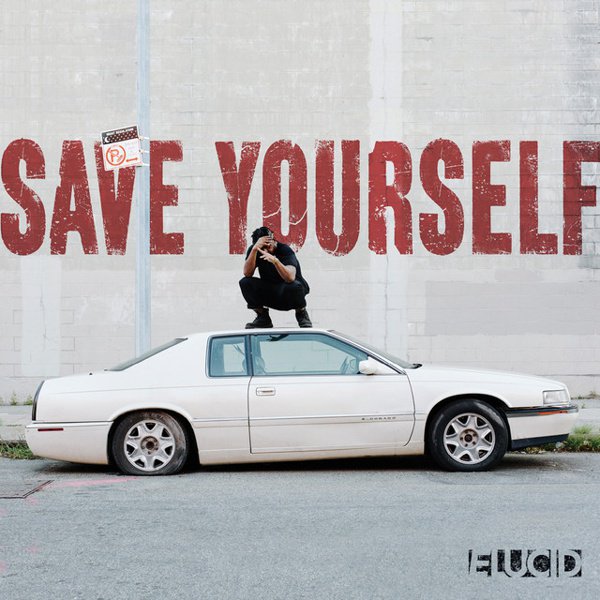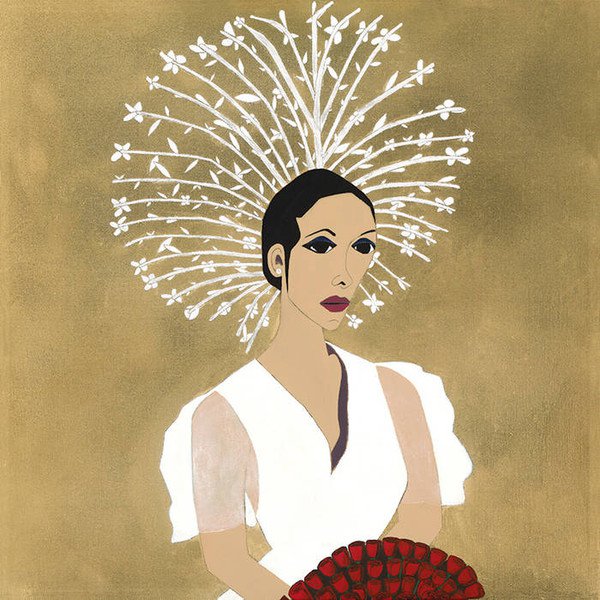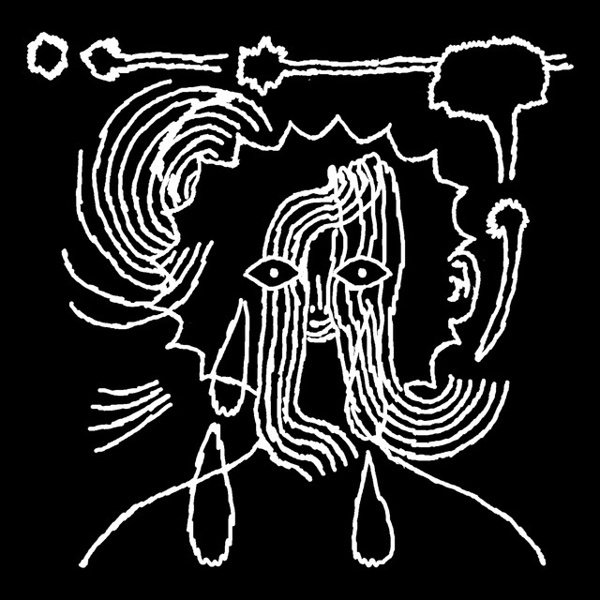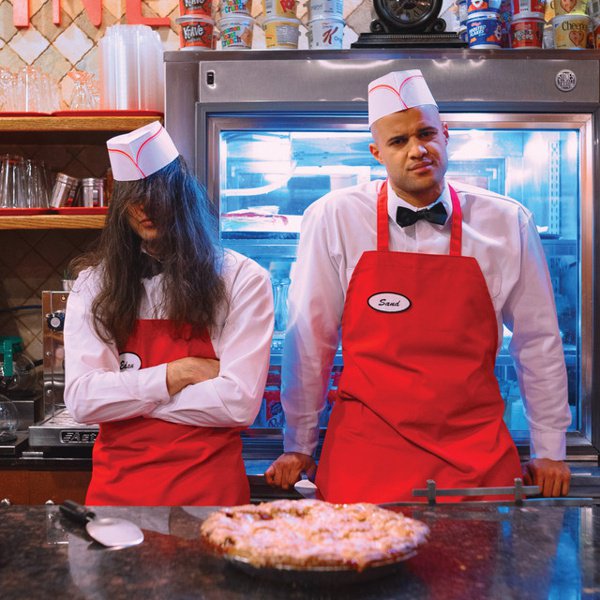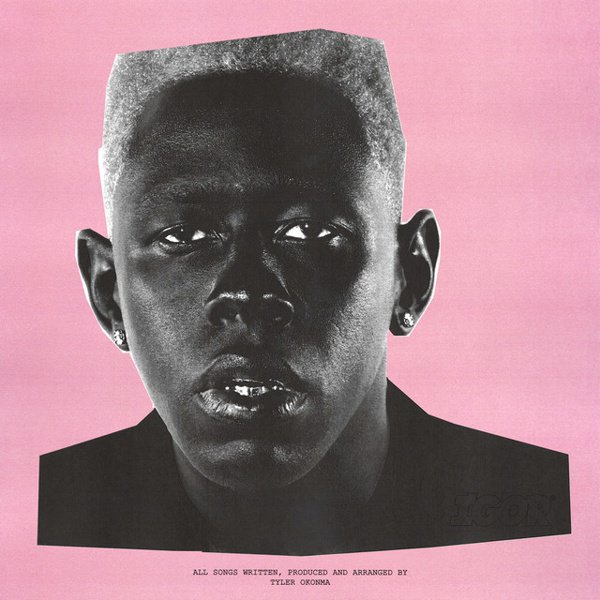At the end of the 2000s, indie rap was in something of a state of flux. There were all the old standbys: college-friendly back-to-’88 acts, perceptively revolutionary political firebrands, and autobiographical storytellers who maintained all the old conscious boom-bap fundamentals they’d grown up with. But with rare exceptions, it felt like it was run through with the defensiveness of the preservationist rather than the freedom of the iconoclast — too busy focusing on calling out the fakes and not enough on creating something so new that the vultures and counterfeiters in hip-hop would be completely incapable of latching on to it.
Something changed once the streaming model, social media fragmentation, and the inevitable generational shifts in taste left everyone but the pop-crossover 1%ers adrift. The across-the-board critical and commercial success of Kanye’s My Beautiful Dark Twisted Fantasy was an early sign that there was a legitimate demand for hyper-ambitious, rulebreaking rap that wanted to be Basquiat instead of just buying him. But decades’ worth of conventional wisdom that considered the likes of Rammellzee and Kool Keith uncommercial eccentrics had let business get in the way of expression for countless others without Yeezy-level clout. If there was supposed to be a real revolution, it would have to come from the bottom up, from underground lifers and aging heads whose disinterest in being some corporate version of “relevant” freed them up to put limitless inspiration before scarce commerce.
Fortunately, there were still support systems to encourage next-phase artists who wanted to break out from the stasis — scenes like L.A.’s Low End Theory and its endlessly influential beat scene, artist-first labels like Backwoodz and Mello Music Group joining established indies like Anticon and Stones Throw, collectives like Odd Future and Bruiser Brigade, even outside-the-genre labels like Sub Pop and Warp signing rappers to do whatever worked for them. Maybe that’s why “art rap” feels like a more appropriate descriptor for the 2010s incarnation of what used to be known by market-bound, compared-to-what terms like “indie” or “alt” or “underground.” “Art rap” might feel a little glib, maybe — even if it worked for Open Mike Eagle — but it’s as good a descriptor as any for this collection of hip-hop artists that include the famous, the infamous, and more than a few cult heroes of wildly varying aboveground success. These are artists who, whether through their beats or their lyrics or their personae or just their overarching sense of aesthetics, picked up on the same impulses that drive their cratedigging and lyrical referentiality to worldbuild even further with a post-Tumblr sense of arresting audiovisual intensity, where region increasingly took a backseat to vibe.
Art rap takes on the same kind of polyglot post-genre postmodernism and noise you get from big-ticket blockbusters, but with a fraction of the cash (and attention) budget and a certain amount of freedom that comes with being outside that panopticon — or at least inside a smaller, more manageable one. Creating art “for its own sake” inevitably winds up being inseparable from art as a means of defining oneself — or redefining yourself, in the case of some of the creatively revived 40-somethings on this list, still sounding as outre and challenging as the teenage phenoms they inspired. And in the 2010s, with its social media self-branding exercises and influencer ambitions, being able to define yourself feels like one of the only defense mechanisms an artist has against the endless demands of a notoriously fickle industry.

